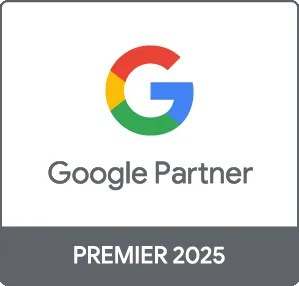PPC, or pay-per-click advertising, is a powerful tool for companies looking to increase visibility, drive traffic, and convert leads. With the right strategies in place, businesses can leverage PPC effectively to achieve their marketing goals. In this guide, we'll explore what PPC is, how it works, and practical steps to implement an effective PPC strategy within your company.
Understanding PPC
PPC is an online advertising model where advertisers pay each time a user clicks on their ad. This model allows businesses to bid for ad placements on search engines, social media platforms, and other websites. The most common platforms for PPC advertising include Google Ads, Bing Ads, and social media sites like Facebook and Instagram.
Benefits of PPC Advertising
- Immediate Results: Unlike SEO, which can take time to show results, PPC campaigns can drive traffic immediately upon launching.
- Targeted Advertising: PPC offers advanced targeting options, allowing you to reach specific demographics, locations, and user behaviors.
- Budget Control: You set your budget, allowing for better financial management and performance tracking of your campaigns.
Key Steps to Implement a Successful PPC Strategy
1. Define Your Goals
Before launching a PPC campaign, establish clear objectives. Are you looking to increase brand awareness, generate leads, or boost sales? Your goals will guide your strategy for keyword selection, ad design, and budget allocation.
2. Conduct Thorough Keyword Research
Keyword research is crucial for PPC success. Use tools like Google Keyword Planner to identify relevant keywords that your target audience is searching for. Focus on a mix of short-tail and long-tail keywords to capture varying search intents.
3. Create Compelling Ad Copy
Your ad copy should be engaging and include a clear call-to-action (CTA). Highlight unique selling points and benefits that will attract clicks. Make sure to create different versions to test which messaging resonates best.
4. Optimize Landing Pages
A well-optimized landing page contributes to conversion rates. Ensure that your landing page aligns with your ad's message, loads quickly, and offers a user-friendly experience.
5. Monitor and Adjust Your Campaigns
Continuous monitoring is key to PPC success. Use analytics tools to track performance metrics such as click-through rates (CTR), conversion rates, and cost per acquisition (CPA). Adjust your bids, targeting, and ad copy as needed based on performance data.
Conclusion
Implementing PPC in your company can lead to significant growth and improved brand visibility. By defining clear goals, conducting thorough keyword research, creating compelling ad copy, optimizing landing pages, and continuously monitoring your campaigns, you can maximize the effectiveness of your PPC strategy. At Prebo Digital, we offer expert PPC management services designed to help your business achieve outstanding results through tailored campaigns.





